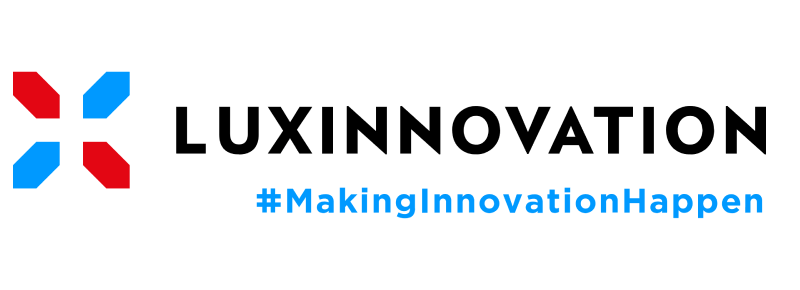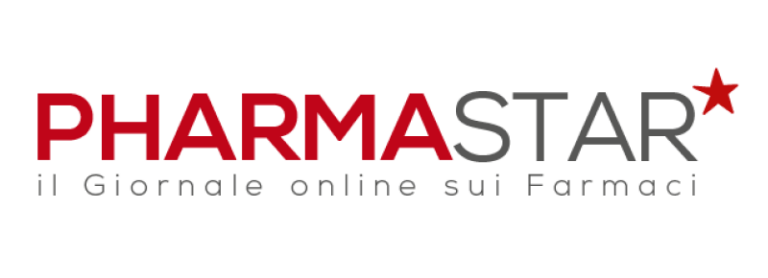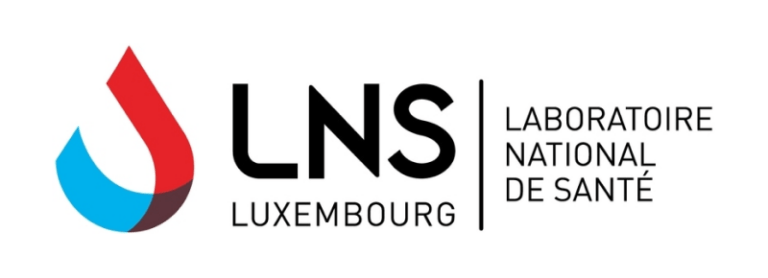Digital health checks through vocal biomarkers
Acoustic analysis of voice and breath to measure multiple innovative biomarkers—for lung health, fitness, and more. Powered by advanced AI and deep-tech innovation.
Global team
An international, multi-disciplinary team specializing in digital health, AI, clinical and regulatory affairs, sound processing and software development, comprising PhD researchers, tech engineers, and entrepreneurs.
Pursuit
Combining sound analysis with AI to detect vocal signals, this technology is being used for health screening, prevention programs, clinical practice, and research using only a smartphone.
Impact
Voice carries extensive information about the respiratory system, enabling informed decisions, improving outcomes, and reducing healthcare costs.
Our B2B solutions
Lung Score (coming soon)

Proactively measure lung health for early detection
Evaluate your clients’ lung health without the need for extra hardware or doctor visit. Pinpoint those who may need further assessments to avoid late detection of lung diseases, thanks to our coming medical device software.

By the numbers
5,2k
recordings benchmark with health info
5
clinical studies in European hospitals
2
paying pilot
In the media
May 20, 2022
Partners & investors

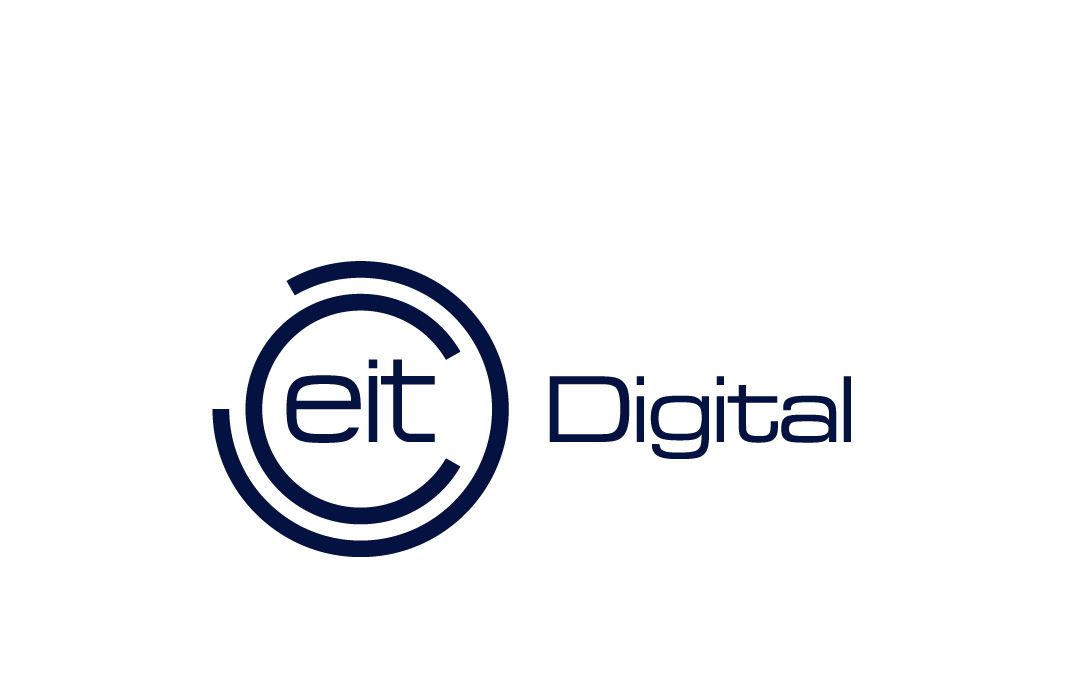
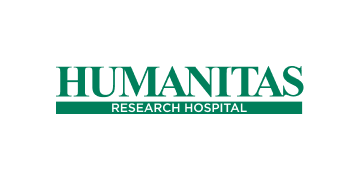
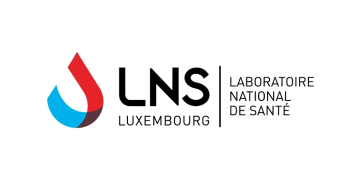


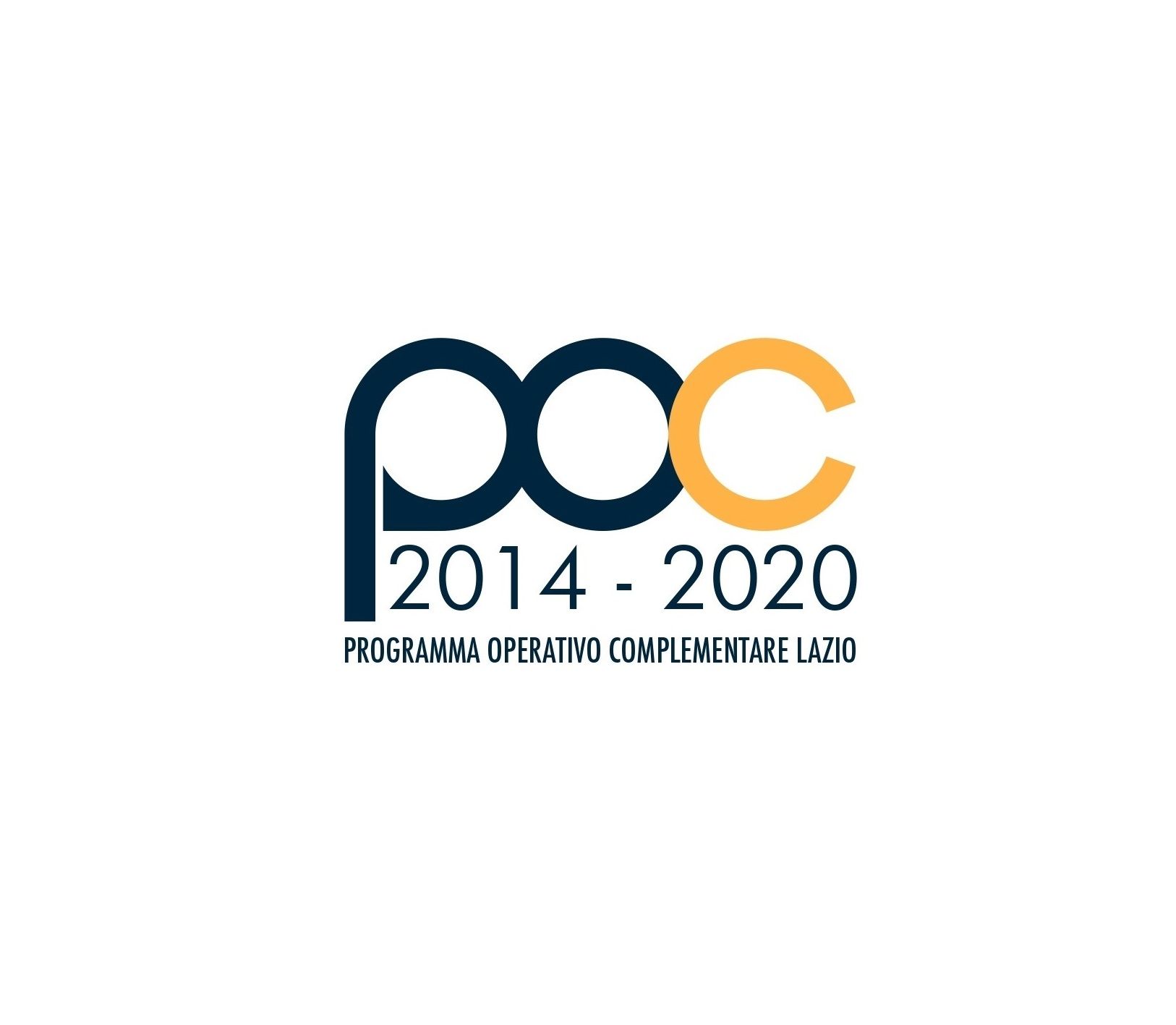
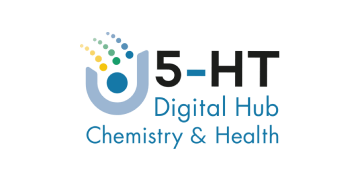
Grants & awards











Stay updated
Follow us on Linkedin for monthly updates on our journey, including tech releases, clinical studies, regulatory approvals and product milestones.
More information
Are you curious to learn more about our cutting-edge technology? Contact us to access our whitepaper, explore our products through a demo, or discuss potential collaborations. We’re here to answer your questions and partner with you in transforming health management.






